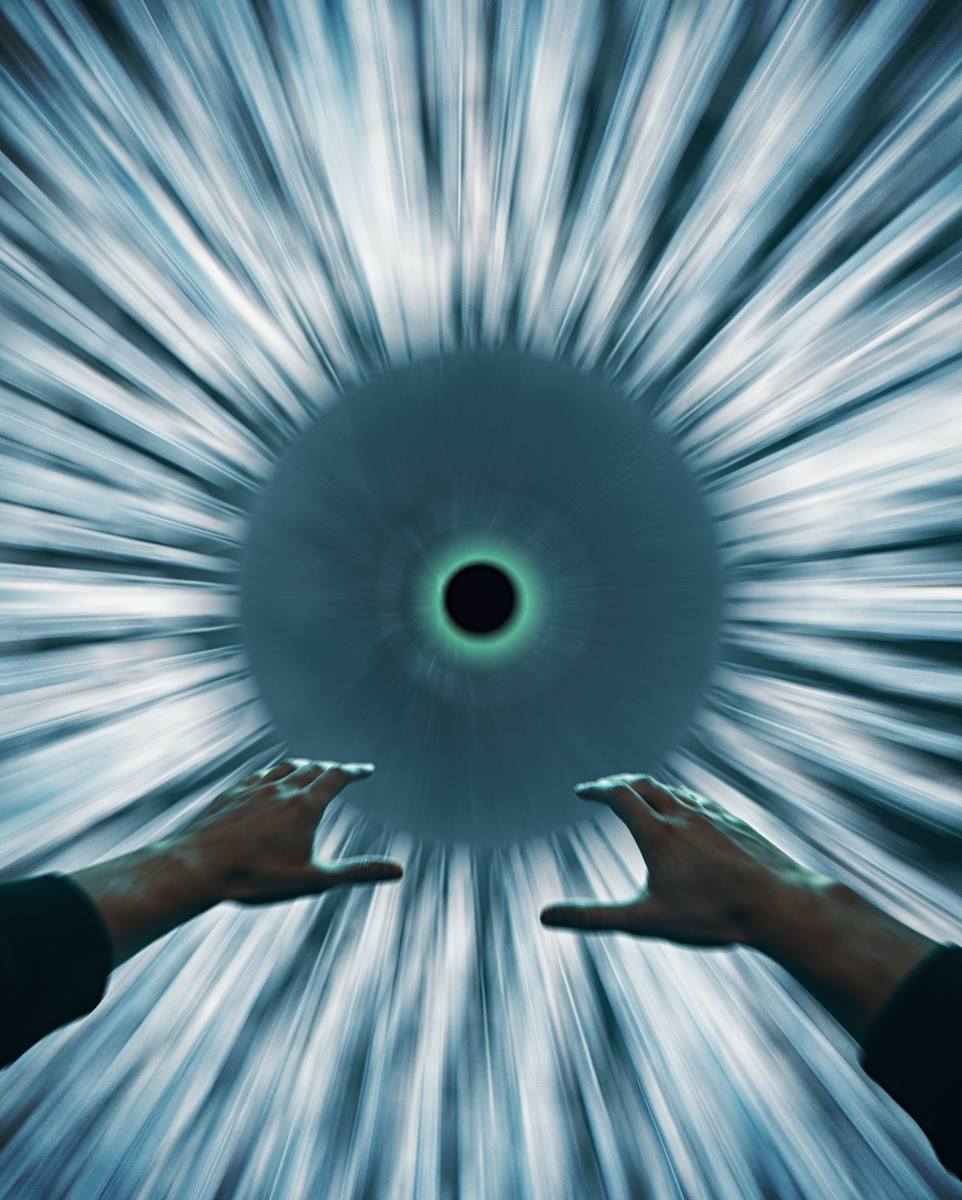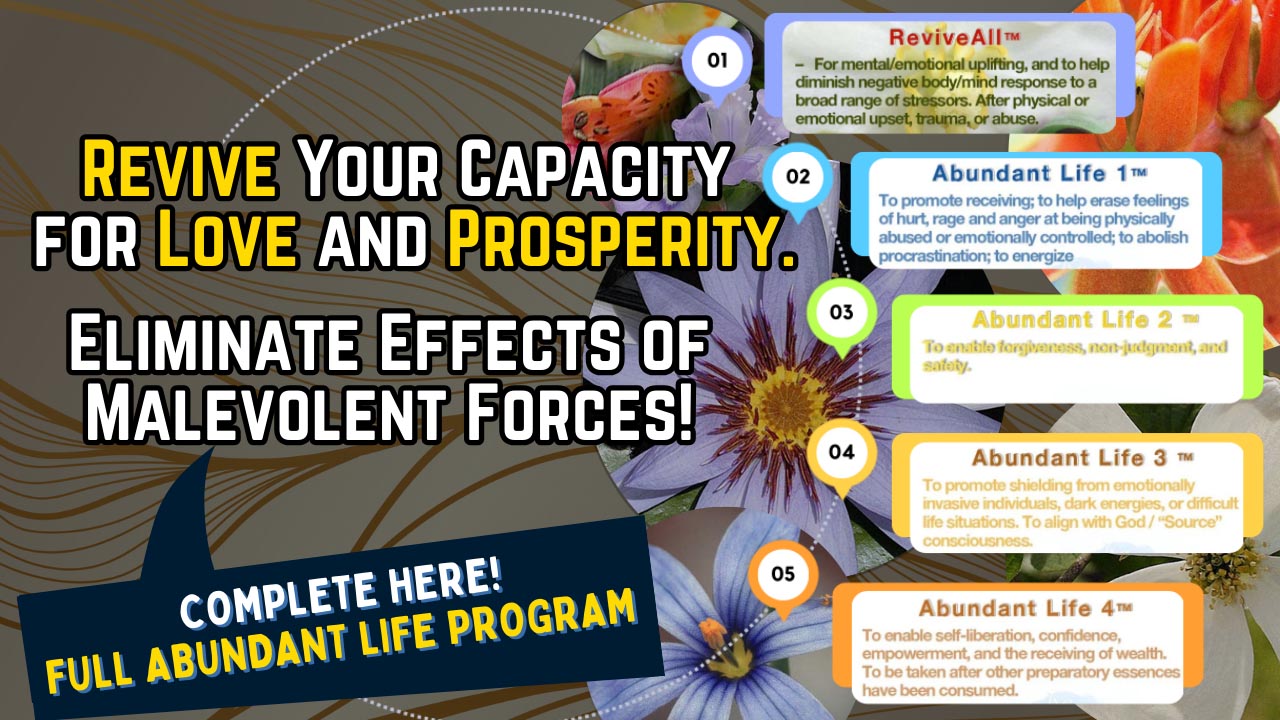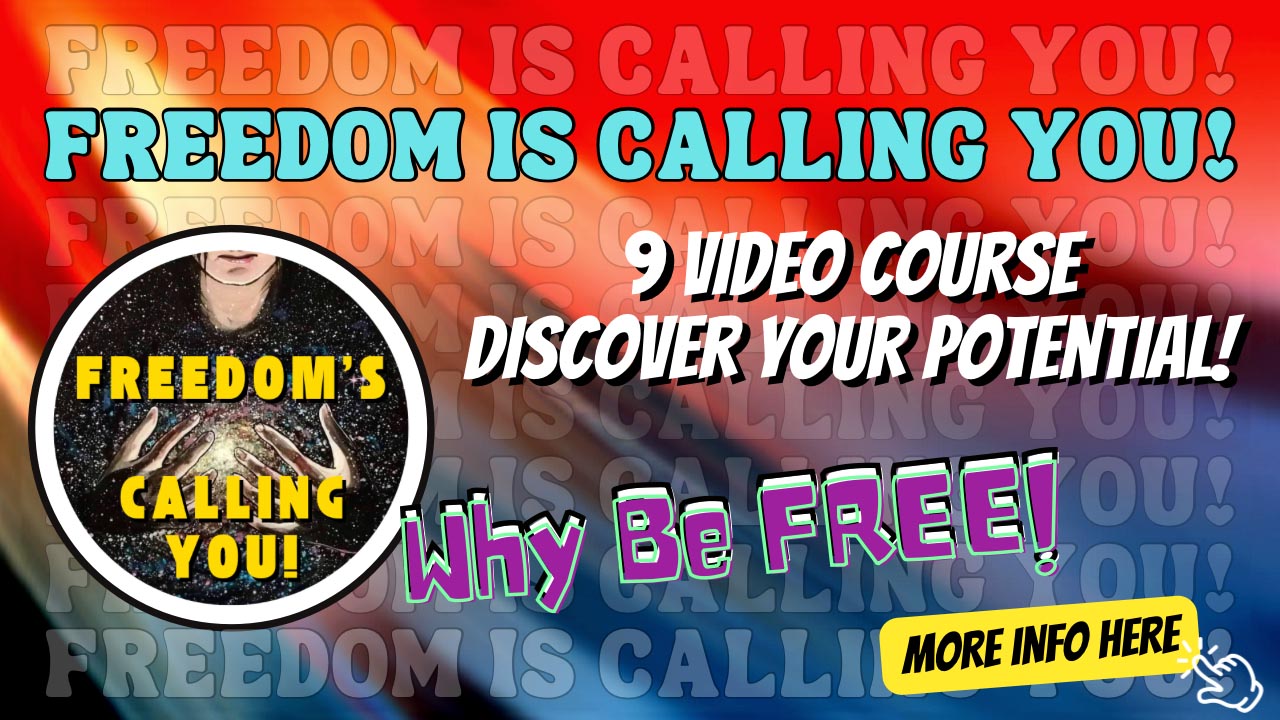www.self-inflictedphilosophy.com
The 4 Scariest
(but secretly wonderful) Steps Toward Enlightenment
by Gary Z. McGee
“Make no mistake about it – enlightenment is a destructive process. It has nothing to do with becoming better or being happier. Enlightenment is the crumbling away of untruth. It’s seeing through the facade of pretense. It’s the complete eradication of everything we imagined to be true.” ~Adyashanti
The first thing to remember, here at the outset, is that enlightenment is not a destination but a direction. It is not a truth but a process. It is both imaginary and real. It is not an either-or, but a both-and. It is only achievable when it is understood that it is an unachievable thing. Once we can let go of the need to achieve it, then we free ourselves to allow the process to unfold, and we become the achieving. It is the constantly expanding horizon of human flourishing. But it can hurt like hell.
Indeed, enlightenment is no walk in the park. The first teacher met on the path toward enlightenment tends to be Pain itself. Enlightenment is both a reckoning and a wrecking, both expansion and annihilation. The following four steps are just the tip of a much deeper iceberg of trials and tribulations, fraught with menacing thresholds and sinister Rubicons. Thin-skinned, faint-hearted, status-quo-junkies addicted to comfort, need not apply. And if you decide to apply, leave your invulnerability behind. It’s an illusion anyway.
Here then are four of the scariest, but secretly wonderful, steps one can take on the path toward enlightenment.
1.) Vulnerability and Self-Honesty:
“There’s a whole category of people who miss out by not allowing themselves to be weird enough.” ~Alain de Botton
Vulnerability is downright scary. But in order to gain the ability to learn from our mistakes, to have fun with our inherent hypocrisy, and to have a good sense of humor regarding our fallibility as an imperfect species, we must first have the capacity to be vulnerable, which requires brutal self-honesty and ruthless self-interrogation.
Brutal self-honesty and ruthless self-interrogation forces us to face our own demons. It pushes us to confront our most personal foibles, fallibilities, and unhealthy propensities and to question all authorities, especially our own. It forces our head over the abyss of the human condition, searing our soul with the unavoidable blazing flame of truth: impermanence. It slaps us across the face with its absolute mockery of our happiness ever being a thing that can be permanent. It insouciantly rattles off the almighty cosmic joke, making damn certain we realize we’re the butt-end of that joke.
Which is why a particularly effective strategy at achieving a state of vulnerability and self-honesty is to use our sense of humor. When we laugh at ourselves, we loosen ourselves up. The screws of our seriousness get unscrewed by the genius of our humorous sincerity. We suddenly go from being the butt-end of the joke, to laughing at the joke, thus turning the tables on the jokes power over us, and thus on power itself.
When we can laugh at ourselves, we are allowing ourselves to be “weird,” to tackle the dilemma of the self from another angle, to impose a state of existential vulnerability that transforms the soul into a prism where the light of truth can shine through and take the form of the rainbow of self-honesty.
And Pain is the terribly beautiful, shiny red, thorny and jagged little pill that we learn to swallow, again and again, with a devil-may-care, existentially masochistic smile on our all-too-human face. Bottoms up!
2.) Swallowing the Jagged Red Pill of Truth:
“The less people know, the more stubbornly they know it.” ~Osho
Without the painful red pill of truth, we’re stuck with the all-too-comfortable blue pill of deception.
The blue pill gets stuck in our throat, causing no end of blockages, suppressions, oppressions, and depressions. The blue pill is a beacon of deception, lodged in our throat chakra, jamming all frequencies and preventing us from speaking our truth and from being impeccable with our word. The blue pill is a magnet for lies. And lies are sexy, scandalous scoundrels. They float around in a foggy smoke, seducing us with false kindness, kissing us just the right way, and lulling us into brain-washable complacency and a heightened state of malleability. Under the blue pill’s seduction, we are pawns wallowing in self-incurred immaturity.
Taking the red pill dislodges the blue pill, thus clearing the passage and opening all frequencies to the truth. As Immanuel Kant said. “Enlightenment is man’s emergence from self-incurred immaturity. Immaturity is the inability to use one’s own understanding without the guidance of another.”
But seeker of enlightenment beware the teacher who longs to jam even the red pill down your throat. The choice must be yours, and yours alone. A good teacher will guide you to the red pill, but he/she should never force it down your throat. Like Adyashanti said, “My speaking is meant to shake you awake, not to tell you how to dream better.” You have to want to dream better first.
As G. K. Chesterton said, “The function of the imagination is not to make strange things settled, so much as to make settled things strange.”
Swallowing the red pill is a frightening prospect. It shatters worldviews and dissolves certainty. It replaces answers with questions. It upends all outdated apple carts: psychological, physical, and spiritual. It reconditions preconditioning. It cleanses the doors of perception. It shatters the glassy essence of cognitive dissonance; the shards of which splinter off and sting like mad in the fleshy heart of truth. It leaves your soul naked, vulnerable, and blank-slated in the angry eye of an apocalyptic existential-hurricane of uncertainty.
It reveals that you were always God in hiding. And the heavy burden of that prospect alone can be a soul-crushing responsibility. But, as Seneca said, “A gem cannot be polished without friction, nor a man perfected without trials.”
3.) Ego Annihilation:
“There are plenty of difficult obstacles in your path. Don’t allow yourself to become one of them.” ~Ralph Marsten
This one is arguably the most painful. The death of the ego is no walk in the park. It is more like a walk through a dark night of the soul surrounded by an angry abyss that’s really just the small-minded version of you not wanting to lose what it feels is the essence of you: your ego. But the ego is not the essence of you, and it never was. The real you is an interdependent cosmic force, an interconnected frequency, a unified cosmic agent going through the motions of being a mind-body-soul.
As Friedrich Nietzsche explained, “But the worst enemy you can meet will always be yourself; you lie in wait for yourself in caverns and forests. Lonely one, you are going the way to yourself! And your way goes past yourself, and past your seven devils! You will be a heretic to yourself and witch and soothsayer and fool and doubter and unholy one and villain. You must be ready to burn yourself in your own flame: how could you become new, if you had not first become ashes?”
Ego annihilation leads to the ashes from which the phoenix of the soul rises. But first there must be descent. There must be a tearing part, a burning down, a sacred disintegration. But the task of severance is repentance. It speaks the language of vicissitude. It howls inside you like old night. It moves through you like fresh smoke. It is the blood of a full moon’s howl. It is a cruel wheel spinning its cycle of animal angst, of species-crimson. It is ‘in this moment.’ Here, at the crux of the cross, at the knot on the wood, where the crooked trees mock your martyrdom and all your ancestors can smell the scent of your heart’s full blossom, blinking in and out of the ether, screaming at you, “It is time! There may not be another life to love.”
And so you descend. And so you cross the Rubicon of the self, bridging the gap between Man and Overman above the Existential Black Hole. And so you lose yourself in the blue smoke, in the loose shadows. You scream out like Yin. Your fists clinch like Yang. The fish feed on their tails. The snakes do the same. It’s like heaven and hell in your body.
People can smell the animal in you, the wild-self coming to life. Death hums a eulogy in the trees, and you die a small death: the exulting death of your ego. And then you’re quiet as a doll, vulnerable, astonished, and cataleptic from the fall. But now you’re a force of nature first, a person second. And the Earth has finally discovered its salvation—the awakened human soul.
4.) Fearless Forgiveness:
“In conclusion, there is no conclusion. Things will go on as they always have, getting weirder all the time.” ~Robert Anton Wilson
Fearless forgiveness is scary because it is uncomfortable on an ontological level. It’s both a tearing down of the walls that protect us from the world and an unlocking of the prison door of our expectations. When we tear down the walls, fear is paramount and must be faced, and that can be dreadfully uncomfortable.
But, like Farrah Gray said, “Comfort is the enemy of achievement.” So it behooves us to get uncomfortable. Like Neo waking up from the Matrix for the first time. When we unlock the door to our prison, the way the world truly is despite us, and in spite of our expectations and worldview, becomes the harsh Desert of the Real, which only we can face and resolve for ourselves. But at least now we have the double-edged sword of fearless forgiveness to cut through all the red tape.
Forgiveness hurts because it is the ultimate letting go. It’s a deep, visceral acceptance of the way things are, regardless of our need for things to be a certain way. It’s a decisive shedding of the burden of what we cannot control.
Tantamount to Buddhist non-attachment, fearless forgiveness is a reckoning of existential proportions that turns the tables on the concept of control itself. It gives us permission to authentically and sincerely go with the flow. With fearless forgiveness it suddenly becomes okay that the game of life is “rigged,” because our fearlessness is a willingness to transform whatever negative, counterproductive, unhealthy shit gets thrown at us into something positive, progressive, and healthy. And our forgiveness is a giant sigh saying, “It’s okay.” It gives us the insurmountable courage to transform demons into diamonds, fear into courage, anger into strength, and disdain into compassion.
Fearless forgiveness is allowing ourselves to be intimate with the cosmos as it truly exists. Like Dōgen said, “Enlightenment is intimacy with all things.” And intimacy with all things is just as likely to hurt as it is to feel good. But that is perfectly okay. It gives us permission to take the good with the bad, the unhealthy with the healthy, and the immoral with the moral. And then it gives us the courage to transform it all into our own amazing thing—art, adventure, love.
In the end, enlightenment is scary and painful, but it is so rewarding that it doesn’t even matter. As Camus said, “Life should be lived to the point of tears.”
We must ride the fine line between ecstasy and misery in order to enjoy the great mystery. Question thyself, overcome thyself, forgive thyself, then rebirth thyself, ad infinitum, and the path toward enlightenment shall not elude you.
Image source: Interstellar by Rolzay
Gary Z McGee, a former Navy Intelligence Specialist turned philosopher, is the author of Birthday Suit of God and The Looking Glass Man. His works are inspired by the great philosophers of the ages and his wide-awake view of the modern world.
This article (The 4 Scariest (but secretly wonderful) Steps Toward Enlightenment) was originally created and published by ©2015 Waking Times, all rights reserved. For permission to re-print this article contact wakingtimes@gmail.com, or the respective author.
![]()







